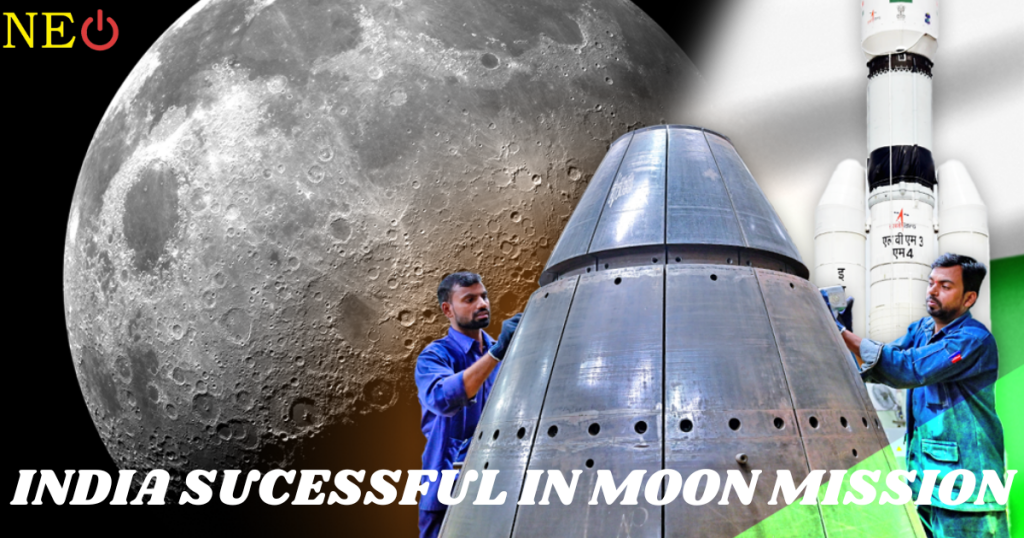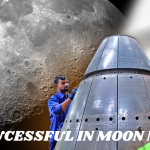Chandrayaan-3: A Proud Moment for India
Introduction
In the realm of space exploration, India has consistently risen to the occasion and made its mark on the global stage. One such remarkable achievement that fills every Indian heart with pride is the Chandrayaan-3 mission. Building on the successes of Chandrayaan-1 and Chandrayaan-2, this mission represents a giant leap forward in India's space endeavors.
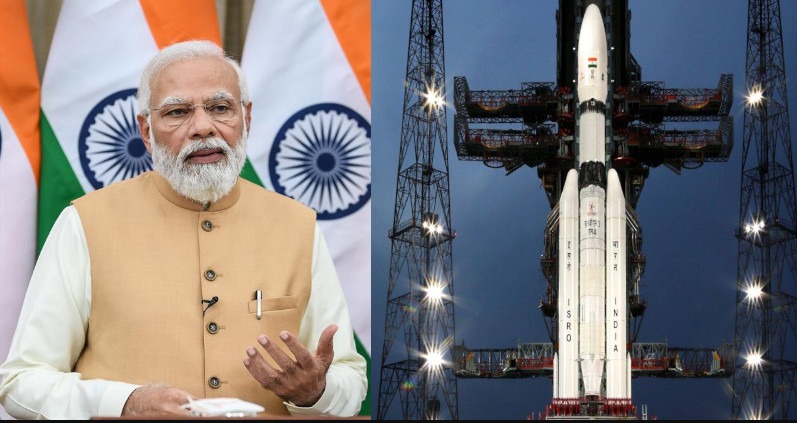
Chandrayaan-3: A Brief Overview
Chandrayaan-3, the third installment in the Chandrayaan series, is India's lunar exploration mission. The mission is a testament to the Indian Space Research Organisation's (ISRO) unwavering commitment to advancing the nation's capabilities in space exploration. It builds upon the valuable lessons learned from its predecessors and aims to further deepen our understanding of the moon's composition and geology.
The Legacy of Chandrayaan-1 and Chandrayaan-2
Chandrayaan-1, India's first lunar mission launched in 2008, marked a significant milestone in India's space journey. It discovered water molecules on the moon's surface, altering our understanding of lunar resources and potential future lunar missions. Chandrayaan-2, launched in 2019, was equally groundbreaking. While its lander, Vikram, did not achieve a soft landing on the moon's surface as intended, the orbiter continues to provide invaluable data and insights.
Learning from Past Mistakes
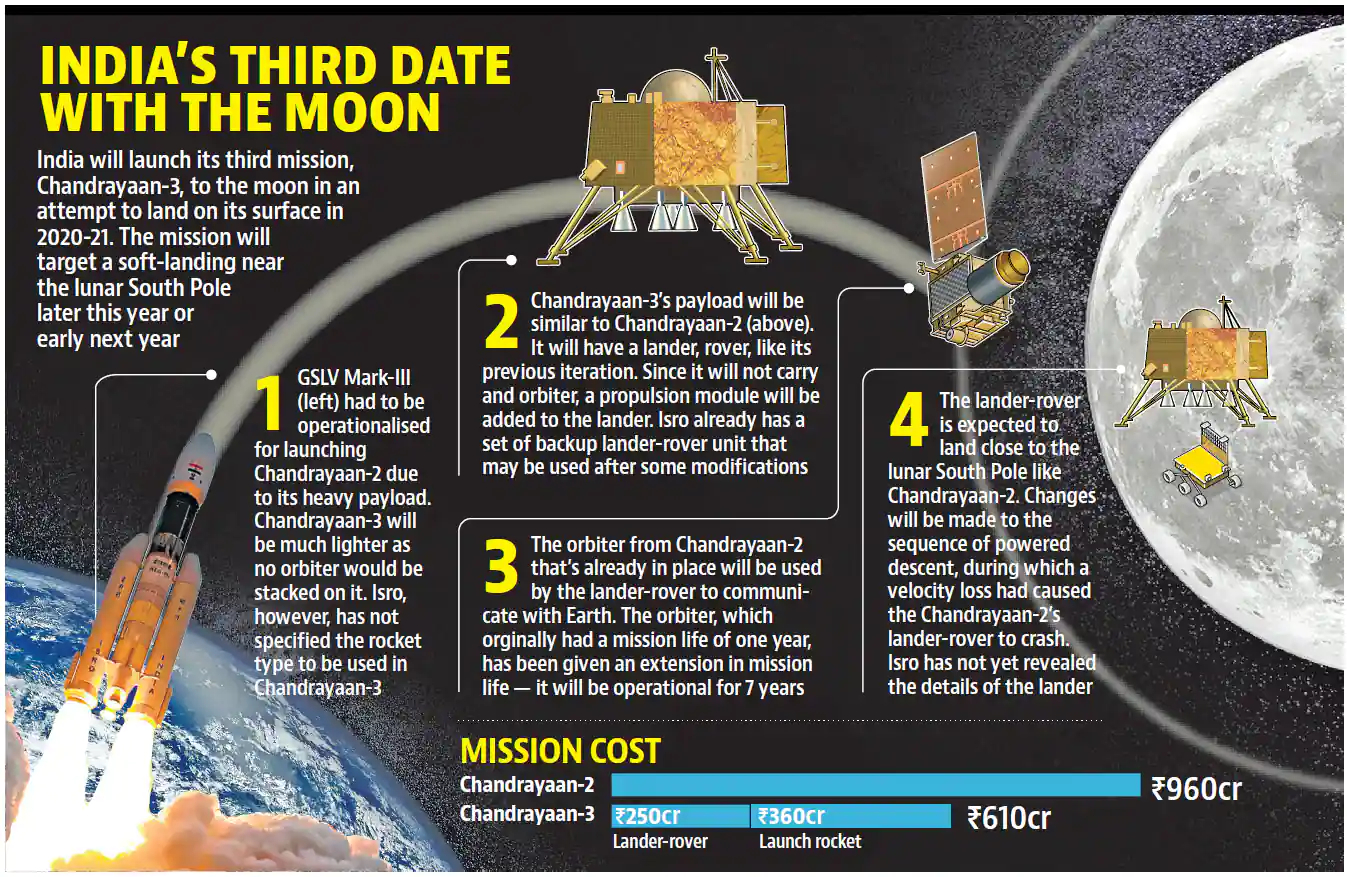
One of the most remarkable aspects of Chandrayaan-3 is how ISRO has learned from past failures. The Chandrayaan-2 mission, despite its partial success, faced challenges during the landing phase. Chandrayaan-3 takes those lessons to heart and is designed to minimize risks and increase the chances of a successful landing. This reflects ISRO's commitment to continuous improvement and its determination to achieve success in lunar exploration.
International Collaboration
Chandrayaan-3 is not just a matter of national pride; it is also an opportunity for international collaboration. ISRO has a history of collaborating with other space agencies, and Chandrayaan-3 is no exception. It opens doors for scientists and researchers from around the world to come together, share knowledge, and work towards common goals. Such collaboration not only advances our understanding of the moon but also fosters global goodwill.
Scientific Objectives
The primary objectives of Chandrayaan-3 are to study the moon's surface and subsurface. It will carry advanced instruments that will help us gain deeper insights into the moon's geological and mineralogical composition. By analyzing the moon's regolith (surface material), scientists hope to uncover clues about the moon's history and its connection to Earth's evolution.
Educational and Inspirational Impact
Chandrayaan-3 is not just about scientific discovery; it also has a profound educational and inspirational impact. It captures the imagination of young Indians, sparking their interest in science and space exploration. It serves as a testament to what is possible through dedication, innovation, and hard work.
Economic Benefits
India's achievements in space exploration also have economic benefits. The knowledge and technology developed for space missions often find applications in various sectors, from communication and agriculture to disaster management and defense. Chandrayaan-3 is expected to bring about advancements in technology that can be harnessed for the nation's overall development.
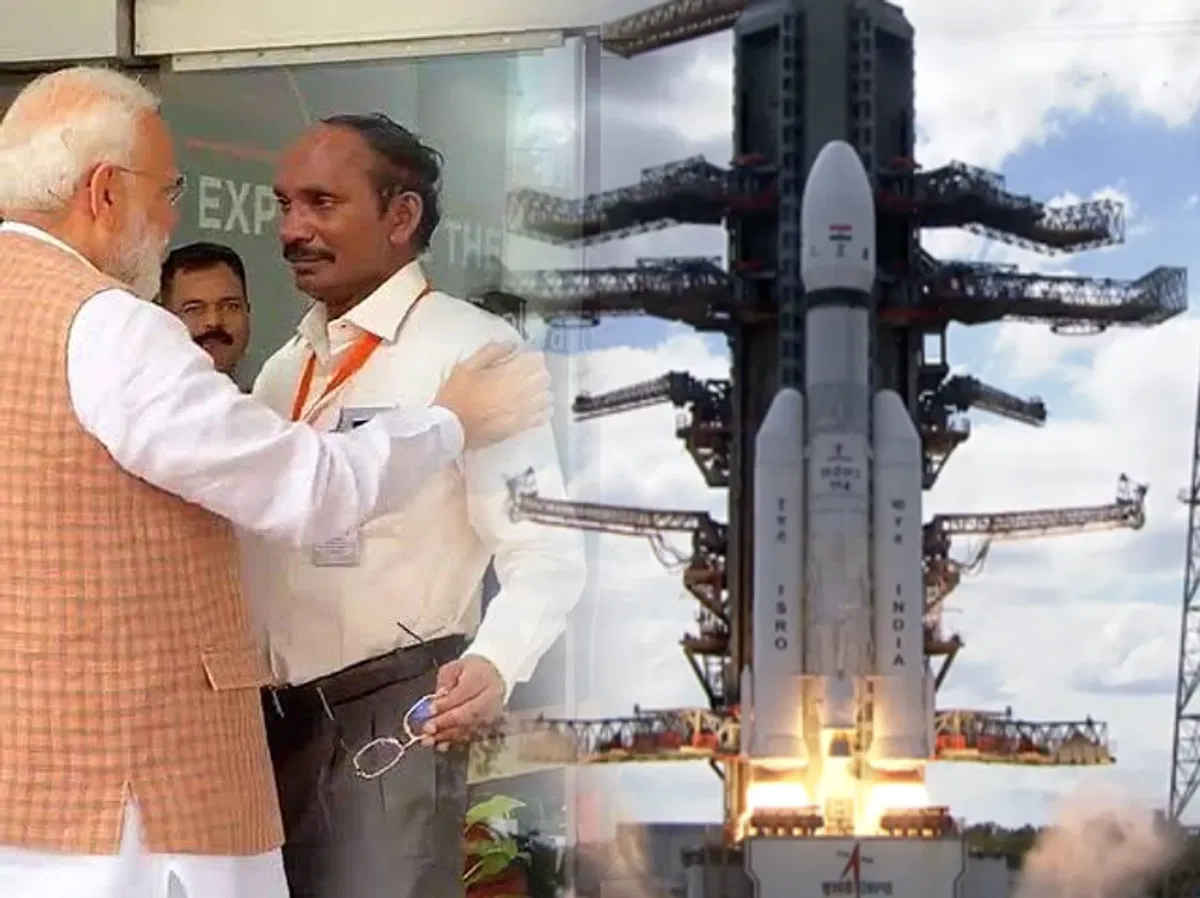
As of my last knowledge update in September 2021, there were no official announcements or missions related to "Chandrayaan-3." However, I can provide you with information about the roles of a lander like Vikram and the typical team composition for lunar missions.
Role of Vikram Lander:
The Vikram lander is a crucial component of the Chandrayaan mission, designed for soft landing on the lunar surface. Its primary roles are as follows:
Landing: The Vikram lander's main objective is to safely land on the Moon's surface. This is a challenging task due to the Moon's lack of atmosphere and rugged terrain.
Payload Delivery: Once safely landed, the lander carries scientific instruments and equipment that are essential for conducting experiments and collecting data about the Moon's surface and environment.
Communication Relay: The lander often serves as a communication relay between the lunar rover and the orbiter, enabling data transmission back to Earth.
Data Collection: It collects data about the lunar environment, seismic activity, and other factors to enhance our understanding of the Moon.
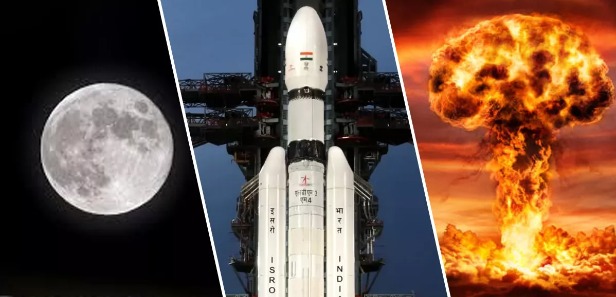
Team Composition:
A lunar mission like Chandrayaan involves a multidisciplinary team of scientists, engineers, and mission planners. This team typically includes:
Space Scientists: Experts in lunar science who plan the mission's scientific objectives and experiments.
Engineers: Aerospace engineers who design, build, and test the spacecraft, lander, and rover.
Mission Planners: Specialists who create the mission's timeline and plan for key events such as launch, orbital maneuvers, and landing.
Communication Specialists: Responsible for establishing and maintaining communication links between Earth, the orbiter, and the lander.
Navigation Experts: Ensure precise trajectory and positioning of the spacecraft throughout the mission.
Project Managers: Oversee the mission's overall progress, budget, and coordination among various teams.
Payload Specialists: Scientists and engineers who develop and oversee the instruments and experiments to be carried out on the Moon.
Please note that the composition and roles of a team can vary depending on the specifics of the mission and the space agency or organization leading it. For the most up-to-date information on Chandrayaan-3 or any other lunar missions, I recommend checking the latest news and updates from relevant space agencies like ISRO (Indian Space Research Organisation) or other authoritative sources.
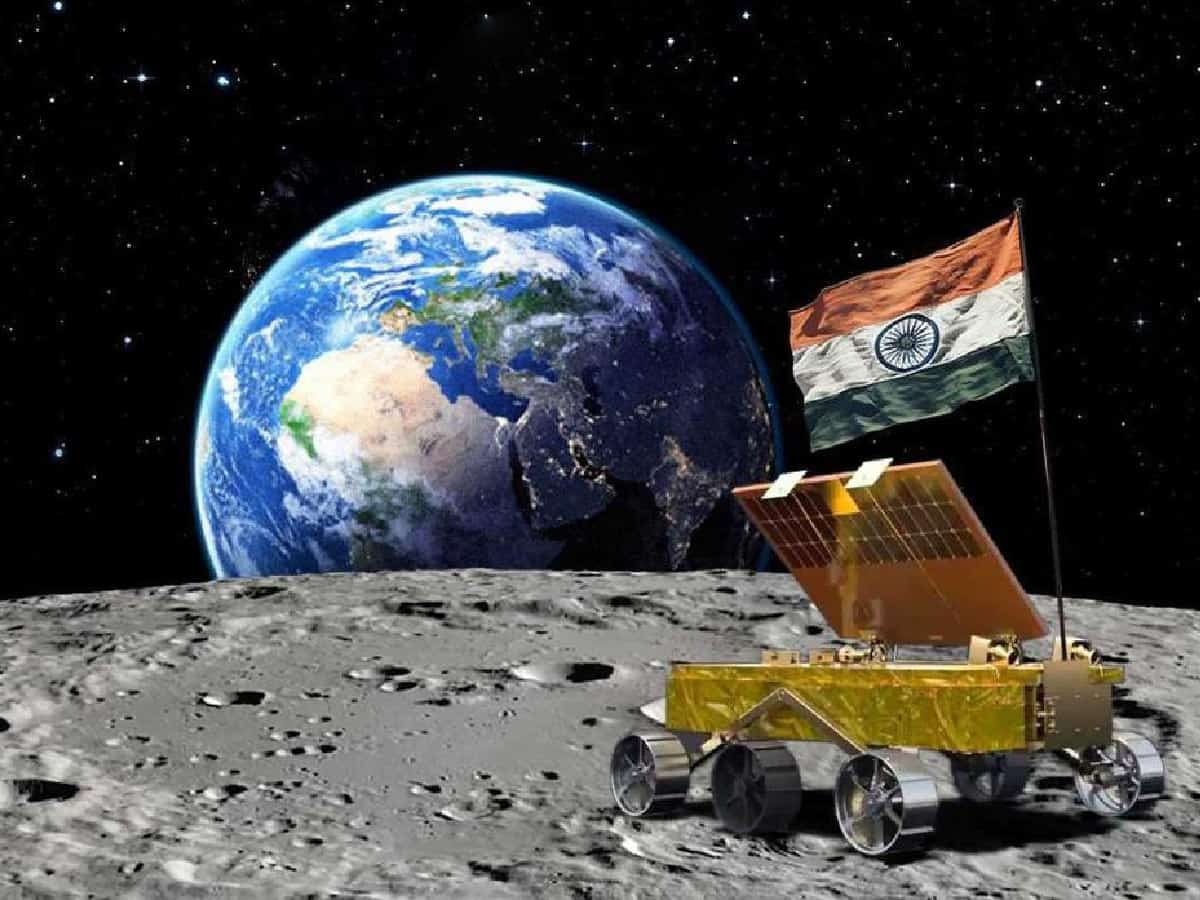
Conclusion
Chandrayaan-3 is a testament to India's growing prowess in space exploration. It represents a proud moment for Indians and for humanity as a whole. It showcases the spirit of innovation, collaboration, and determination that drives India's space endeavors. As Chandrayaan-3 embarks on its mission to explore the moon, it does so with the hopes and dreams of a nation and the curiosity of a global community eager to unravel the mysteries of our celestial neighbor. It reminds us that the sky is not the limit; it's just the beginning of our journey into the cosmos.


